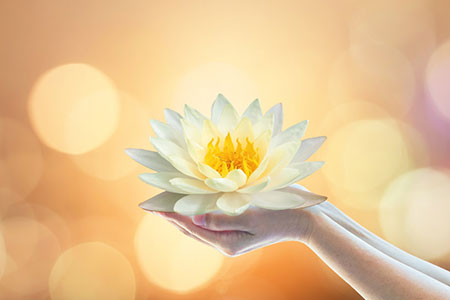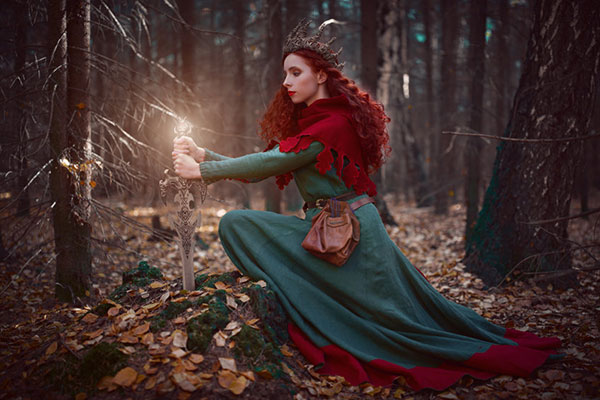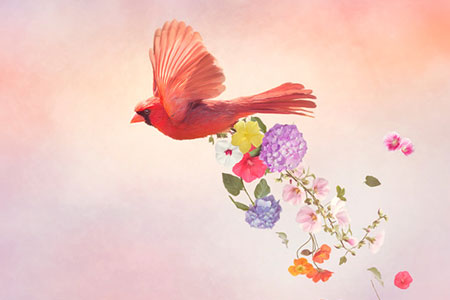culture
Two Pitfalls To Manifesting Healing
 I have been doing energy healing work in many capacities for several years now. If you are reading this it is likely that you have manifested on this Earth to bring healing energy to many situations.
I have been doing energy healing work in many capacities for several years now. If you are reading this it is likely that you have manifested on this Earth to bring healing energy to many situations.
From what I have seen most people have a natural desire to bring healing and restoration though many different mediums. But there are two specific pitfalls that keep individuals from fully manifesting their healing gift. The first is a need for perfection before manifestation, and the second is elitism. My mentor once said that we are all wounded healers. I have yet to meet a master or student who has reached the pinnacle of intuitive insight and energy flow. This does not make us broken and should certainly not keep us from fulfilling our destinies as healers and intuitives.
If I met someone who claims to have achieved full enlightenment, I would steer clear of that person. When we are not living in a flow of personal insight and development we become stagnant. When water lacks movement or flow it loses its vital energy. Our vital energy or personal rei-ki comes from the ebbs and flows of our personal human experience.
Rei (divine love and wisdom) Ki (vital energy) comes from two sources. This flow can be attained through both attunements. The second source is the energy flow that is channeled through our journey and experience. It is important to remember that even Usui Reiki had a source and was channeled in a time and place of great need. This is also why Reiki cannot be contained in a single tradition. There is Vedic Karuna Reiki, Kagami Reiki, and Egyptian Seichim Reiki, as well as your reiki, my reiki, and on and on. It can be expressed and experienced in symbols, words, pictures, archetypes, and so forth. True mastery is achieved by understanding that Spirit is not limited, and by entering into the limitless possibilities of love.
It’s Always Darkest Before The Dawn
 Concepts of the Divine, with an ever-changing definition, have been part of the human experience since the beginning of time. Most of the world’s people throughout history continue to recognize a place for divinity in life.
Concepts of the Divine, with an ever-changing definition, have been part of the human experience since the beginning of time. Most of the world’s people throughout history continue to recognize a place for divinity in life.
Our spiritual journey, throughout the ages, has been steeped in mystery and often, superstition and dogma. Organized religions have historically attempted to answer deep questions, and have sometimes provided comfort and solace to people during times of upheaval.
However, the most important questions have been left unanswered. For example, we know precious little about ancient, prehistoric cultures that worshiped the Sacred Feminine. Earliest recorded myths and legends have been lost or destroyed, and most stories that remain portray not only a divine battle of the sexes, but a difficult, contentious relationship between the divine and human beings.
The Greek gods, for example, were capricious and mean-spirited. They plotted all sorts of obstacles that humans either did, or did not overcome in order to survive. Guile and trickery also set the stage for many myths from various indigenous cultures, in early human-god myth making.
With the rise of monotheistic religions, mankind was taught to blindly accept whatever lot the almighty doled out, fairly or unfairly. Emphasis was placed on omnipotent power, absolute authority and greatness, beyond any human capacity to comprehend, much less participate in.
These attitudes toward humans’ relationship with God have been echoed in authoritarian family and community practices, and even the military forces of nations. God became the ‘Almighty Father in the Sky’ issuing strict orders. There was no room for questioning in an authoritarian family or society. “Because I said so,” was reason enough to blindly obey. Punishment for infractions or disobedience was swift and sure.
The Lotus Flower Reading
 I recently attended an online psychic development workshop. In one of the tasks, we had to partner with another student and do a ‘flower reading.’ I know touching an object using psychometry works well in readings, but this is something else.
I recently attended an online psychic development workshop. In one of the tasks, we had to partner with another student and do a ‘flower reading.’ I know touching an object using psychometry works well in readings, but this is something else.
Our teacher paired us up and we didn’t know in advance with whom. We also had to intuitively pick a flower for our partner beforehand. At the beginning of the session, we had to show the other person the actual flower or a color photo of the flower we had chosen for them on our shared screens.
In preparation for this, I placed many pieces of paper, each with the name of a different flower on it, into a bag, shook it up, and drew one. Spirit guided me to select the Indian lotus flower or nelumbo nucifera.
When it was my turn to read for my classmate, I relaxed and observed the image of the lovely white lotus in front of me. The depth of information that came forth in the reading about her past, how her life was now, and what lay ahead, was truly amazing!
The reading revealed that she was going to be blossoming soon like the lotus, because she currently finds herself in a strong development stage. I later learned that she’d been through some dark times, almost giving up on herself. She had recently begun doing deep shadow work, as well as exploring her psychic development.
She is also recovering from a recent trauma and the lotus is traditionally known for being the ideal gift for someone recovering from any traumatic experience or physical injury. Many years ago, I attended a Yoga class during which the challenges of the lotus position was discussed in-depth. The teacher said that through proper breathwork and becoming more flexible, one’s body will allow you to achieve this pose.
I was only 19 years old at the time and not very supple. I saw no hope of achieving that position for quite some time. However, only a few classes later, we did a session during which a lot of emphasis was placed on our breathing. And to my amazement, I was able to easily get into the lotus position!



